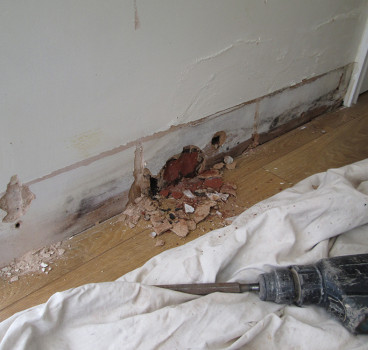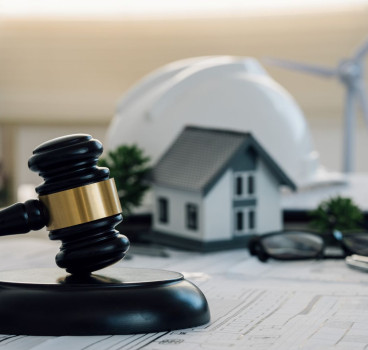Energy efficient architectural design
When you consider the global population is set to increase by another 2 billion by 2050 and with 70% of the world's population living in cities, there will an unprecedented demand for energy across the planet. The opportunity for architects and stakeholders to create buildings which reduce energy use has never been more apparent. But can energy efficiency be achieved whilst still maintaining architectural intent?
One of the key challenges for architects is working in any way that is inclusive to others so that energy performance can be achieved. Once this challenge is overcome, it's possible to look at what needs to be achieved in terms of design and energy performance, and then endeavour to make it happen.
The environmental integrity of any building, both in terms of design and operation, must be a key consideration in the design of new buildings and the renovation of existing ones. More and more architects and designers are realising that if you design to be energy efficient it improves quality of life and minimises the harmful impacts on our health. At the same time, clients are reaping the benefits of more environmentally responsible buildings through future-proofing, reduced operating costs, and comfort and health benefits.
Sustainability and environmental objectives can be made a priority in every building design and as such, the thermal performance of the building envelope can make a significant contribution to reducing the overall building energy usage. The use of renewable energy sources such as wind, geothermal and solar along with the orientation of a building to take full advantage of seasonal changes in the sun's position are all important steps that can be taken to design for energy efficiency.
Indoor environmental quality and how occupants feel in a space is also intrinsic to how an architect strikes a balance between design and sustainability. A healthy indoor environment can be achieved through adequate ventilation, temperature control and the use of low VOC materials.
So what is holding back some architects and building owners? Some remain sceptical about climate change while others are not familiar with the new tools and processes that have emerged in recent years to support energy-efficient design. Others might say it costs too much. Yet evidence increasingly shows that higher performance need not mean higher costs. It's possible to integrate environmentally- conscious features and also make fundamental decisions regarding sustainability early in the design process which saves time and money in the long term.
Some of the biggest successes in history have come about because of a problem and someone saying let's work with someone else to try and resolve this problem. From the industrial revolution to the lightbulb to the moon landing, all have come about because of a problem and how we overcame it. No one person has done it on their own; it's been a collaboration. When we collaborate, we achieve things that are far better than when we don't collaborate.
By Darren Evans, Managing Director, Darren Evans Assessments
Additional Blogs

How construction can cut Its carbon footprint by caring for soil
Soil is often dismissed as mere dirt, but it is one of the planet’s most powerful carbon stores, holding more than all of the world’s forests combined. Yet in our rush to build, pave and develop, we...
Read moreWhat is bridging damp? How it happens and how to fix it
Bridging damp happens when moisture finds a path around the building’s damp-proof course (DPC) so it reaches your internal walls and skirting. If you see damp patches rising above the skirting or...
Read more

The silent death of the fixed-price contract
For decades, the fixed-price contract has been the backbone of construction procurement. It promised certainty with a defined scope, an agreed sum and a clear transfer of risk from client to...
Read more